My name is Hiro-a-key a.k.a. Nenashi.
I am a singer-songwriter and producer who performs mainly in the suburbs of Tokyo.
When I had played a show in Narita a while ago, Kawanishi-san and the staff from Sound House took care of me. I check Sound House on a regular basis!
Last time I reviewed condenser microphones and a mic preamp for the article “[Product Review] “I tried out products by Warm Audio!” by Hiro-a-key a.k.a. Nenashi” but this time, I’m reviewing
Warm Audio / WA-1B All-Tube, Transformer-Balanced Optical Compressor
I wanted to try out various comps on the actual equipment in the future, but I still lack the knowledge, so I asked my neighbor Satoshi Fukuda who is an engineer to help me with this review!
Let’s GO!!!
It looks like this.
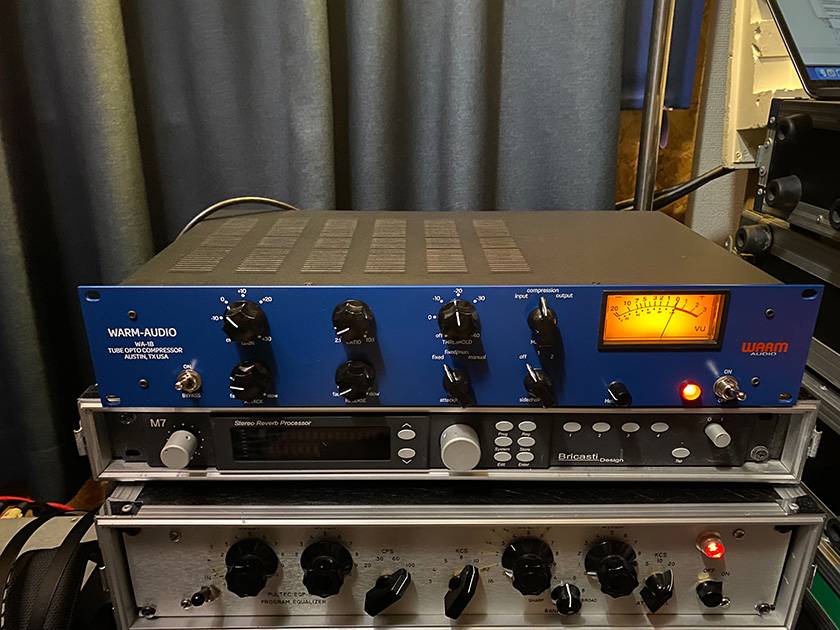
Warm Audio and Sound House’s pages describe;
“The WA-1B accurately recreates world-class Scandinavian compression combining smooth tube-optical warmth with precision controls. Like its original inspiration favored by producers and engineers from Chris Lord-Alge to Rick Rubin, the WA-1B delivers that revered “forgiving” musical compression of tube-optical circuitry with speed and control more closely associated with modern dynamics processing.”
The introduction video also features Jermaine Dupri.
Other notable works include the recordings by artists such as Adele, Dr. Dre, Lenny Kravitz, and Norah Jones, and I have the impression that it is useful for recording R&B, soul, hip hop, and jazz vocals.
I’m looking forward to using this and I’m hoping that this will go well with my voice and music as well.
Why is compression done in the first place?
My understanding is that compression is used to reduce the total dynamic range of a song by smoothing out the difference between the loudest and quietest parts of the sound, making it easier to listen to.
It also depends on the genre, but I guess
you could say that vocals and many acoustic instruments are more audible with controlled dynamics.
For example, there is a big difference between the whispering vocals in the verse and the intense vocals in the chorus (hook), so by adding a comp to that, the verse can be lifted and made more audible.
The same could be said for the instruments.
According to Mr. Fukuda,
“A compressor is originally an effect that compresses the sound and narrows the dynamic range (the range of loudness)”
If the sound exceeds the specified value, distortion will occur.
The compressor plays a role in regulating the volume.
For example, television audio is compressed.
This is how the human brain works, too.
It responds to loud sounds, and by making loud sounds quieter, quieter sounds become more audible.
Now, let’s get started with Fukuda-san’s explanation of the switches and effects.
- ■ Two On/Off switches?
- One is for power. The other is for Bypass. In complete Bypass, the signal does not pass through the circuit.
- ■ Threshold
- Determines the reference value from where the comp will be applied. As you turn clockwise, the value decreases and the comp responds earlier.
- ■ Ratio
- This refers to the amount of compression. 2:1 is a low compression ratio, 10:1 is a high compression ratio.
- ■ Attack
- The speed at which the comp starts to respond: Fast or Slow.
- ■ Release
- How quickly the comp stops after it is applied: Fast for a quick return, Slow for a slower return.
- ■ Gain
- This is used to adjust the volume of the sound when the comp is applied, since it is inevitably suppressed and the volume itself drops. Use this to raise the volume and adjust it. *Gain is adjustable by a dial knob, so it’s very responsive.
- ■ Attack/Release
- This knob allows for automatic adjustment of the Attack and Release. Switching the knob to Manual activates both Attack and Release. In the Fixed/Man. mode, Attack is fixed and Release can be adjusted manually. In Fixed mode, both Attack and Release cannot be adjusted manually, but are adjusted automatically.
- ■ Sidechain
- If there is an external input that you want to add compression, select 1 or 2. *There are inputs on the back panel, for example, for Kick.
- ■ Meter
- This switch is used to see where the compression is being applied. In most cases, it will point to Compression to see how much compression is being applied.
- ■ Meter Cal
- It refers to meter calibration. Basically the knob is adjusted so that the meter is always at 0. It is good to be able to visually set it back to zero.
Now, let’s actually record vocals and compare the results!
This is the microphone we will use this time.
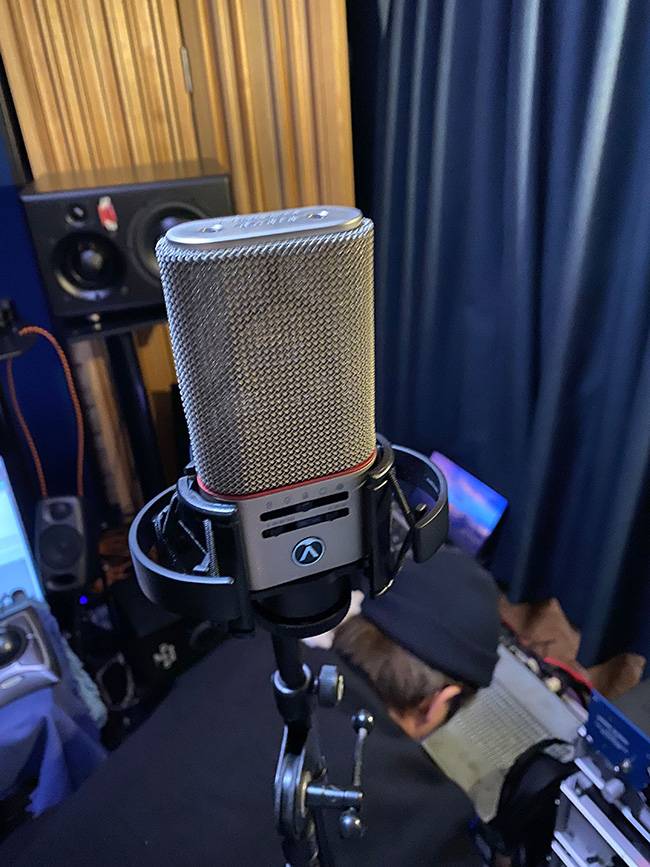
I am going to sing each time.
First, in the Bypass mode.
*We recorded the chorus of a new song!
Then, we tried Fixed.
*This is a little bit of a boost to the high frequencies, right?
Does it give the impression of being too solid?
Next, we tried Fixed/Manual.
*The impression is softer than the Fixed mode.
Finally, let’s try Manual.
*Is this a little warmer than Bypass?
Next, we tried Manual and raised the Ratio a little.
The knobs look like this.
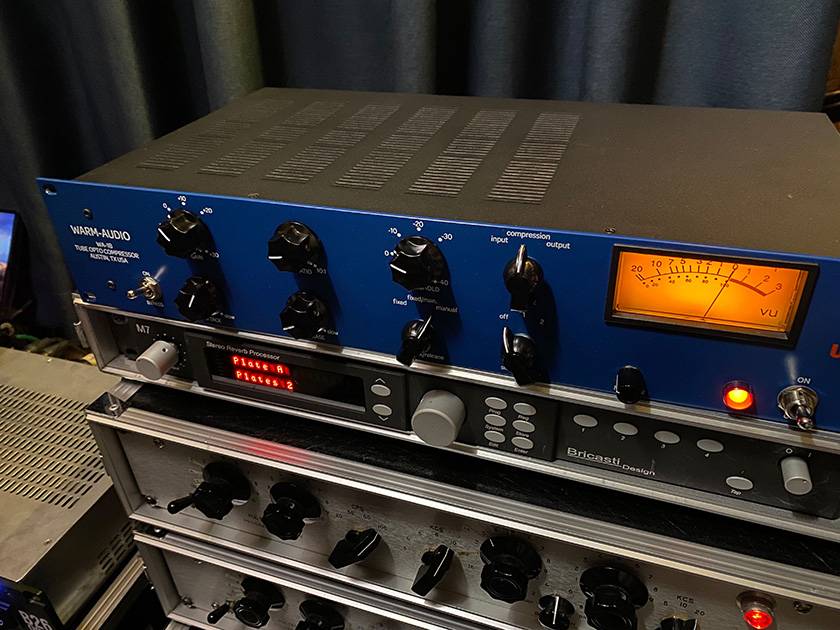
Since we are here, we raised the Ratio in Manual mode.
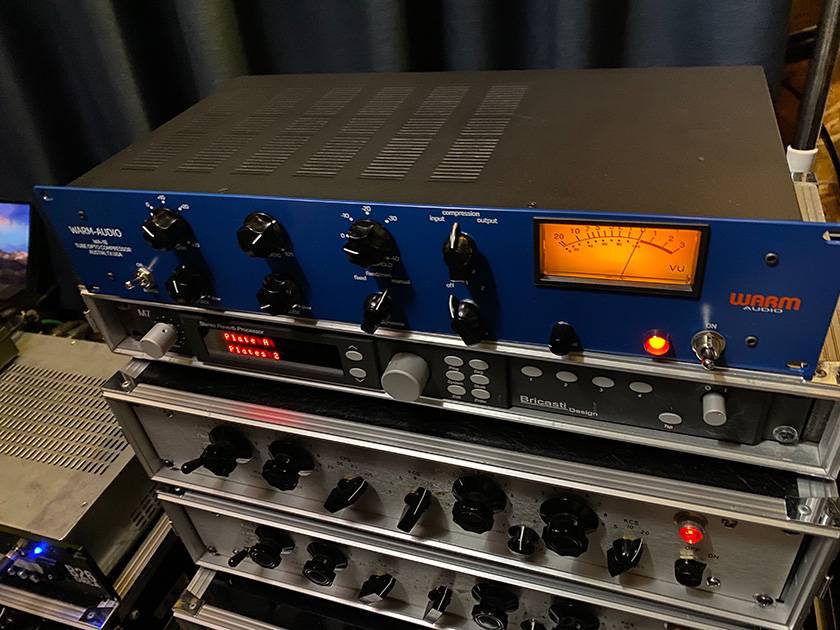
*This is too compressed. It may depend on my preference, but we may have to use Gain to increase the volume.
Here, we tried falsetto vocals one octave higher in several settings.
First, we tried Bypass.
Then, we tweaked Threshold and compared the results.
This time, we applied it weaker.
I think there are some people who prefer it, but I thought it sounded better with more compression.
If you are going to record a number of tracks in a row, I think it’s ok to use a weaker setting.
We recorded a bit of rhythmic vocals so far, so now let’s do some long tones as well.
Bypass
Fixed
Fixed/Manual
Manual
My personal impression is that Fixed/Manual gives a warm finish, while Fixed gives a clearer and brighter sound.
If you record a number of takes, it may be a good idea to record while playing around in the Manual mode.
My impressions after trying it out.
First of all, I think that simply applying comp makes the sound tighter.
For example, when you record a song by yourself and send it to your producer, many producers may want the Bypass sound source, but it may be a way of expressing your intention to send them the sound you recorded with some effects on your gears.
*For example, “I want my vocals to be finished in this way.”
For rap music, Fixed/Manual might be a good choice.
I think it would be best since Attack is fixed and the release is in the Manual mode. This is not to be underestimated.
Fixed may be best for a slow song.
If the release is fast, it may be a good or bad match. It may be good for a song with a fast music break.
It is good because Attack is suppressed.
Among songs with slower release, ballads may be especially suitable.
Fixed mode may be especially compatible.
Also...
I think Manual might be good for “woo-ah” type of songs.
The natural compression made it easy to sing, including monitoring, for me personally.
From an engineering point of view, Fukuda-san said he liked the Fixed mode for a product-like feel.
To sum up;
The price is reasonable, but it is properly made.
The WA-1B uses tubes and according to Fukuda-san, it sounds similar to Tube-Tech CL1B.
The comp is applied gently rather than strongly, so I think it is more useful for rap, R&B, and dance music rather than rock music. It is one of the best three compressors to use for vocals. The WA-1B can also be used when applying double effects.
Under what circumstances should I use it?
Singing, voice
If you need it, add it.
Bass and other low-pitched instruments
If it is too much, add the compression so that you can hear the outline of the sound.
When the range becomes narrower, the sound image becomes smaller.
A little bit of reorganizing might be necessary.
Reduce string variation (strength, etc.).
It’s in mono, so it might be good for people who play and record electric bass, especially for live sound.
It might be good for drums as well, with an off-mic feel.
The WA-1B would be perfect for guitars, especially acoustic guitars and the like.
Also, I’m singing in English this time, but maybe it depends on the language?→I have the impression that the sound of the voice (overtone) changes how the compression is applied.
By the way, with or without tubes, the overtones sound different (highs are shimmering). The high sounds thicker.
It’s good that the sound does not become thin.
I feel that the sound image is more coherent, but not thin.
The controls are similar to Tube-Tech, but it is more expensive, so I think this product from Warm Audio is good because it is easy to see that the comp is on.
The sound is crisp, so if you like that feeling, go for it.
Or, if you want to tighten it up naturally, it might also be good for that?
So, how was this review post I wrote with the help of Fukuda-san based on his experience and wisdom?
I’m sure there are differences with the plug-ins, but using the actual equipment may affect the way you sing at times, so you can always give this one a try!
コラム「sound&person」は、皆様からの投稿によって成り立っています。
投稿についての詳細はこちら





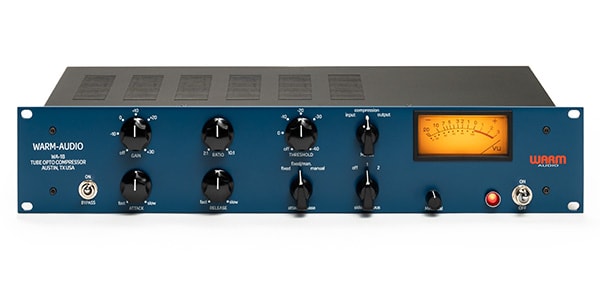







![[Product Review] Warm Audio EQP-WA by Kenichi Ikeda from ROOT SOUL](/contents/uploads/thumbs/5/2024/1/20240116_5_25215_1.jpg)
![[Product Review] Warm Audio WA273-EQ by soki kimura](/contents/uploads/thumbs/5/2023/10/20231013_5_24212_1.jpg)
![[Product Review] Warm Audio WA-67 by Daisuke Ishimoto](/contents/uploads/thumbs/5/2023/10/20231004_5_24102_1.jpg)
![[Product Review] Warm Audio WA-47 Condenser Microphone by Kensuke Kasuya](/contents/uploads/thumbs/5/2023/8/20230831_5_23809_1.jpg)
![[Product Review] “I tried out products by Warm Audio!” by Hiro-a-key a.k.a. Nenashi](/contents/uploads/thumbs/5/2023/8/20230821_5_23673_1.jpg)
![[Product Review] Warm Audio WA-84 Stereo Pair Nickel Condenser Microphone Set by Yushi Otsuka](/contents/uploads/thumbs/5/2023/8/20230815_5_23607_1.jpg)
 WARM AUDIOとは
WARM AUDIOとは
 ポータブルPAシステム特集
ポータブルPAシステム特集
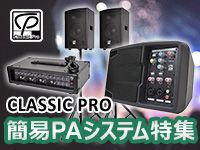 CLASSIC PRO 簡易PAシステム特集
CLASSIC PRO 簡易PAシステム特集
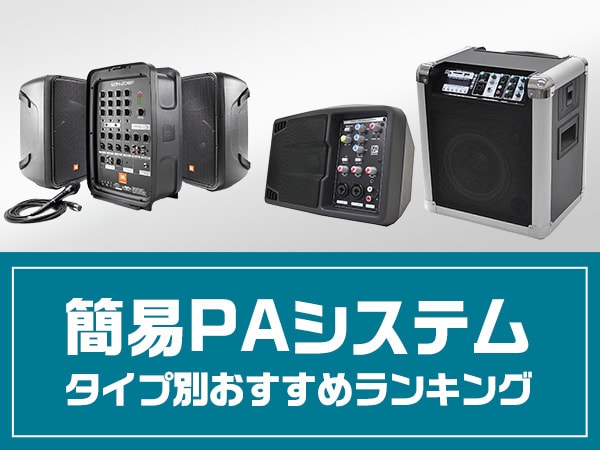 簡易PAシステム タイプ別おすすめランキング
簡易PAシステム タイプ別おすすめランキング
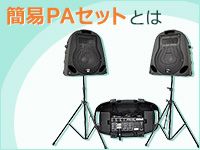 簡易PAセットとは
簡易PAセットとは
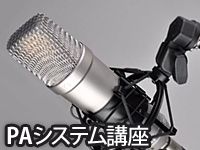 PAシステム講座
PAシステム講座















